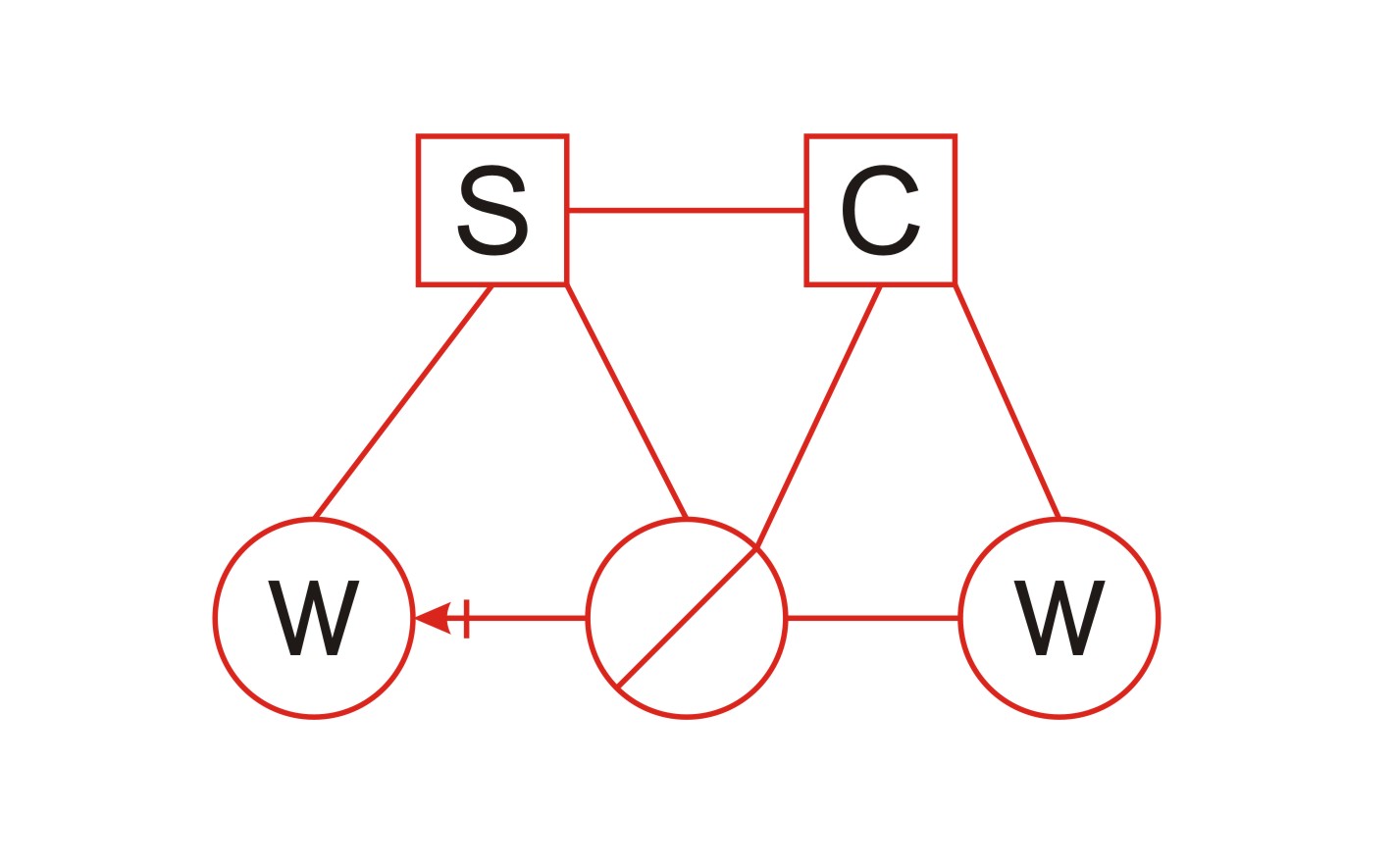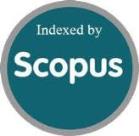The Innovative Bike Conceptual Design by Using Modified Functional Element Design Method
Keywords:
conceptual design, functional element design method, generalization, specialization, particularizationAbstract
The purpose of the study is to propose a new design process by modifying functional element design approach which can commence a large amount of innovative concepts within a short period of time. Firstly, the original creative functional elements design method is analyzed and the drawbacks are discussed. Then, the modified is proposed and is divided into 6 steps. The creative functional element representations, generalization, specialization, and particularization are used in this method. Every step is described clearly, and users could design by following the process easily. In this paper, a clear and accurate design process is proposed based on the creative functional element design method. By following this method, a lot of innovative bicycles will be created quickly.

Published
How to Cite
Issue
Section
License
Submission of a manuscript implies: that the work described has not been published before that it is not under consideration for publication elsewhere; that if and when the manuscript is accepted for publication. Authors can retain copyright in their articles with no restrictions. is accepted for publication. Authors can retain copyright of their article with no restrictions.
Since Jan. 01, 2019, AITI will publish new articles with Creative Commons Attribution Non-Commercial License, under The Creative Commons Attribution Non-Commercial 4.0 International (CC BY-NC 4.0) License.
The Creative Commons Attribution Non-Commercial (CC-BY-NC) License permits use, distribution and reproduction in any medium, provided the original work is properly cited and is not used for commercial purposes.



